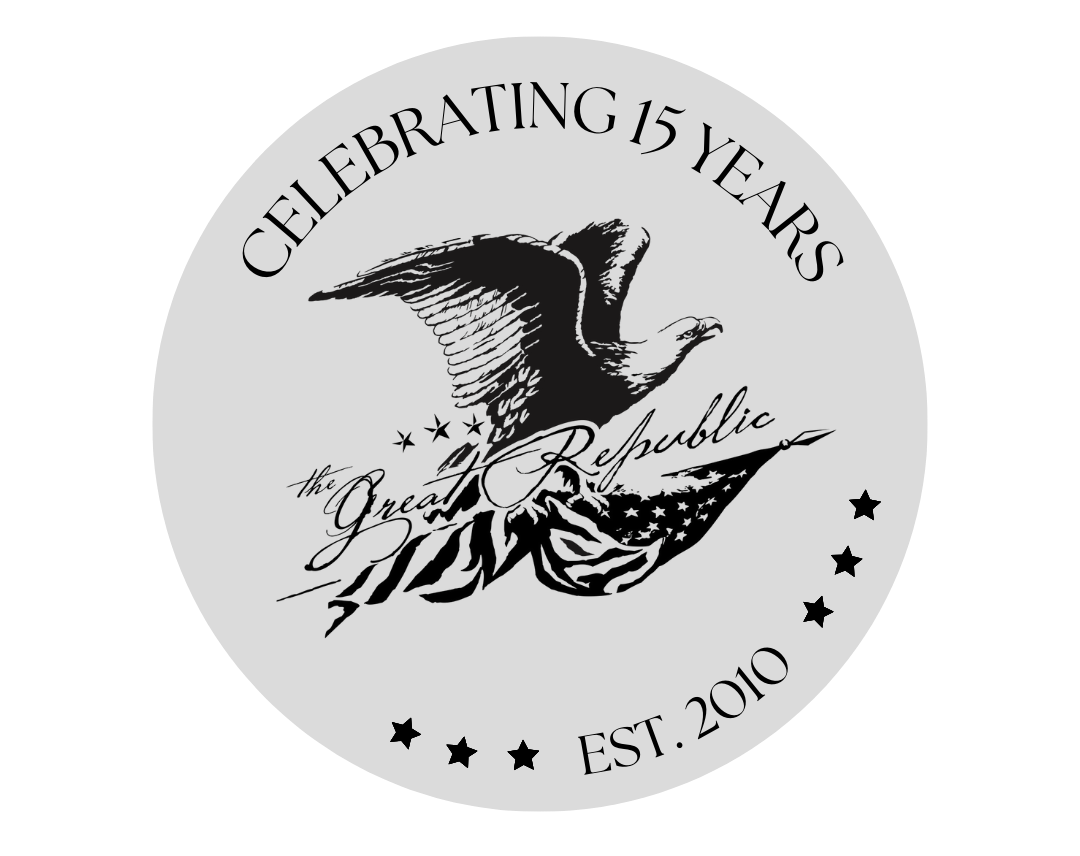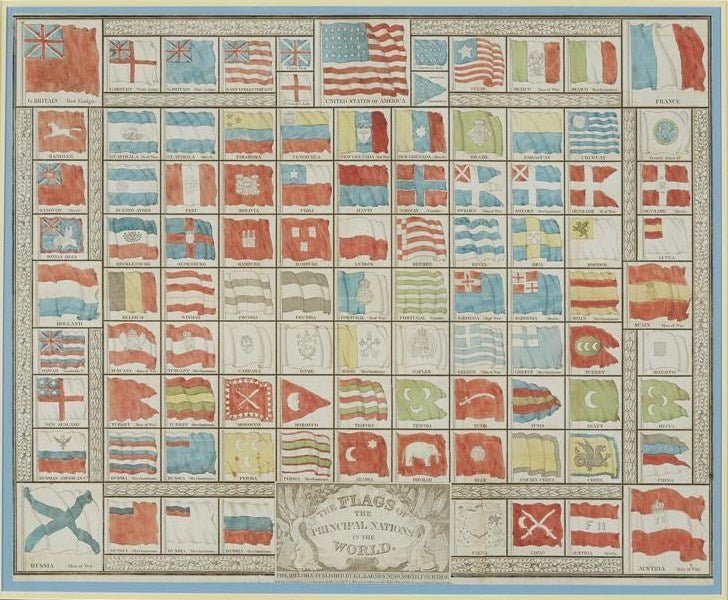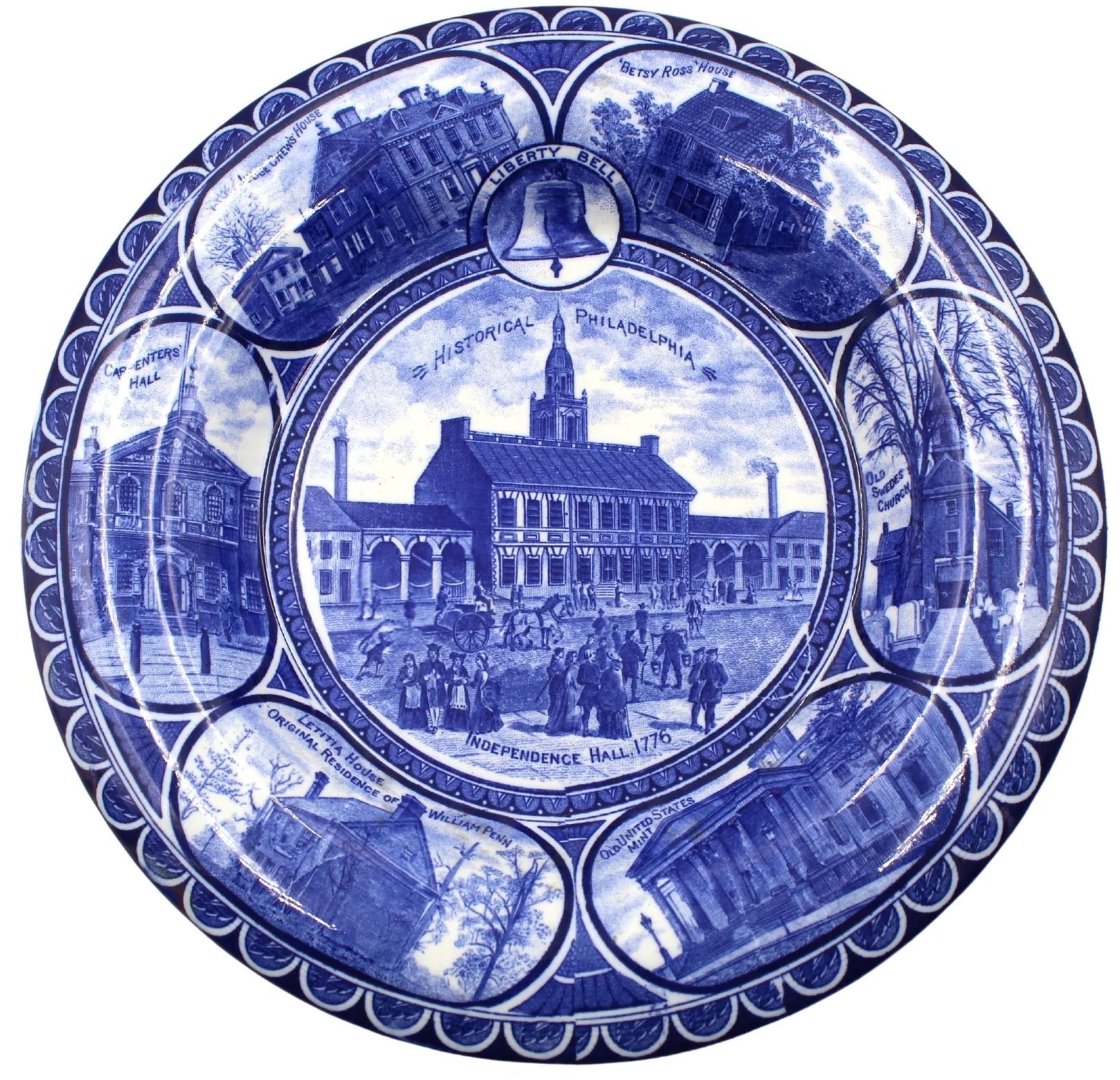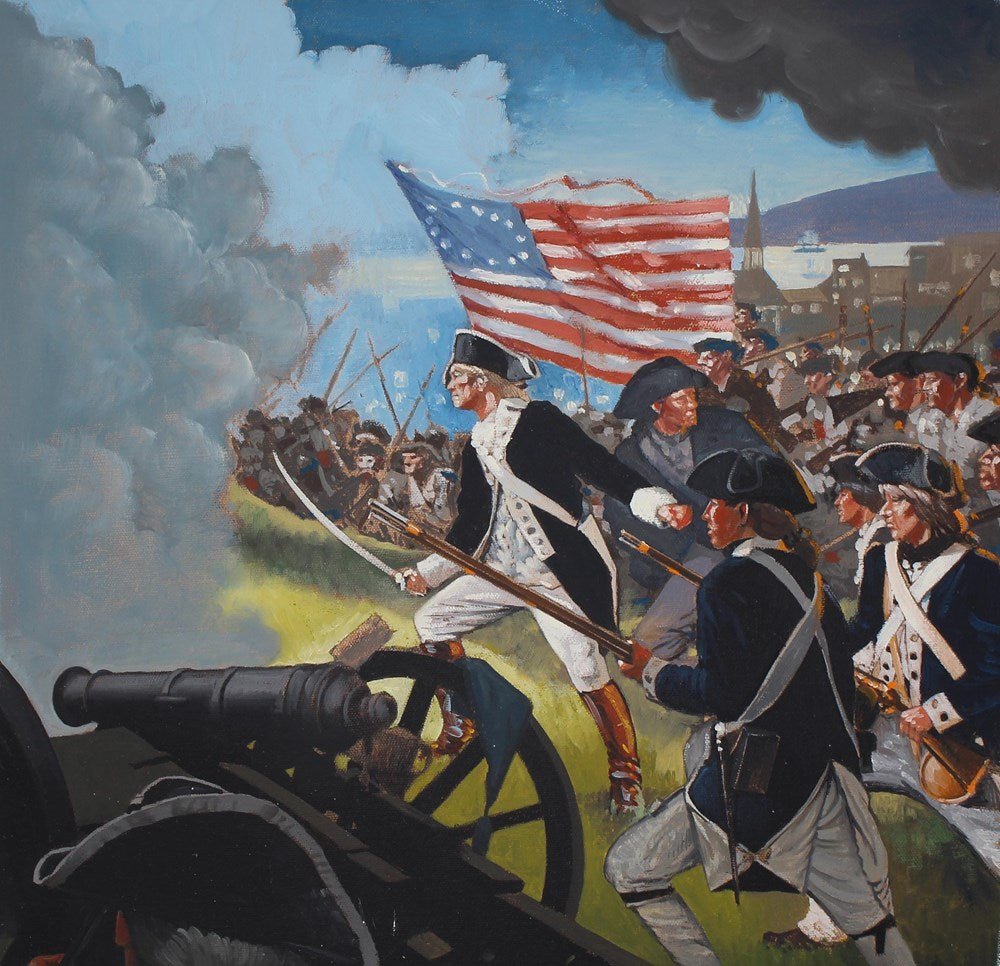The Making of a Capital
 Washington, D.C., has been the seat of the U.S. government for 235 years. Under the authority of the Constitution, D.C. was established as the capital in 1790 and plans for the new capital city commenced. An interesting new acquisition in our shop tells this story.
Washington, D.C., has been the seat of the U.S. government for 235 years. Under the authority of the Constitution, D.C. was established as the capital in 1790 and plans for the new capital city commenced. An interesting new acquisition in our shop tells this story.
The authority to establish a federal capital was provided in Article One, Section 8, of the United States Constitution, which permits Congress “to exercise exclusive Legislation in all Cases whatsoever, over such District (not exceeding ten Miles square) as may, by Cession of particular States, and the Acceptance of Congress, become the Seat of the Government of the United States.” This did not specify where the capital would be. The seat of the government for the then young nation was hotly debated. Federalist author James Madison argued for the distinct boundary of the capital from its neighboring states. The topic of slavery was argued as well. With the Compromise of 1790, Madison, Jefferson and Hamilton agreed that the federal government would assume war debt carried by the states, on the condition that the new national capital would be located in the South. These conditions resulted in the Residence Act of July 16, 1790, which put the nation's capital in present-day Washington, D.C.
Both Maryland and Virginia ceded portions of their territory to form the new capital, located on the north bank of the Potomac. On September 9, 1791, the federal city was named in honor of George Washington and the district was named the Territory of Columbia. The city's lay-out derived from a number of ideas, Washington's and Jefferson's most famously, but owes most of its initial configuration to Pierre Charles L'Enfant, who had served under Washington during the war as an engineer.

This Gazette article describes a very early plan for the capital city: formulated by L’Enfant and later modified by Andrew Ellicott. The article was written by an anonymous "Spectator” and published on October 8, 1791. It details the natural terrain and waterways, the city’s layout, the ceding of territory from Virginia and Maryland, and the eventual sale of lots to the public. The author argues that “the founding of this city, in such an eligible situation, upon such a liberal and elegant plan, will, by future generations, be considered as one of the most important transactions of the present President of the United States; while its name will keep fresh in mind, to the end of time, the many important services he has rendered his country.”
Following just one year after the formal act that established D.C., this article is a snapshot in time of the growing nation. We also have many more items such as maps of Washington and celebratory engravings of the capital city. This 1791 article is an impressive piece of history that tells the capital’s story as it was being formed.





